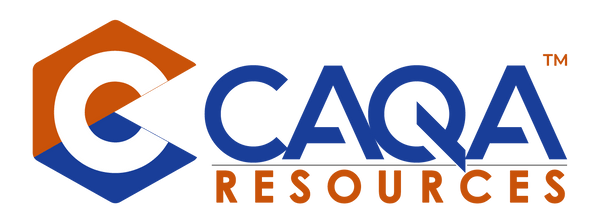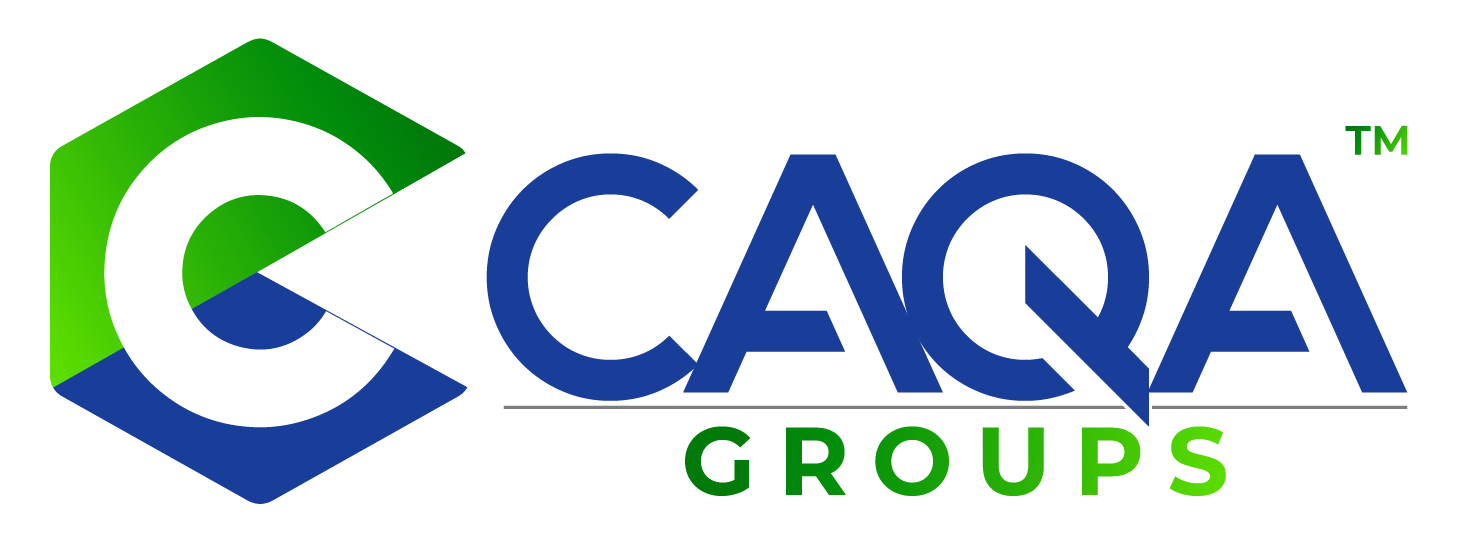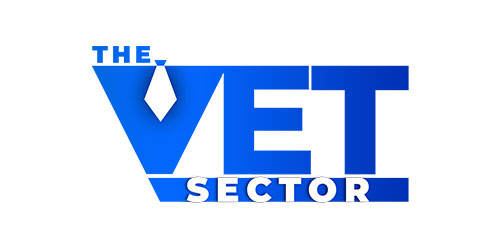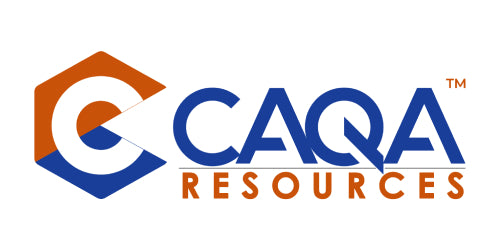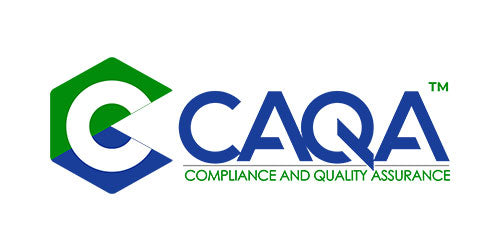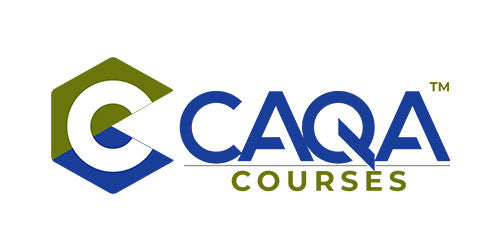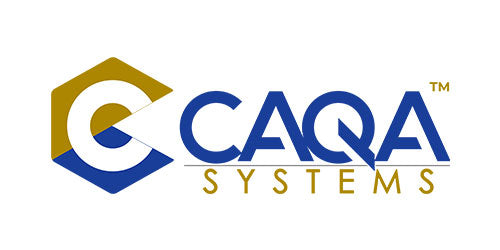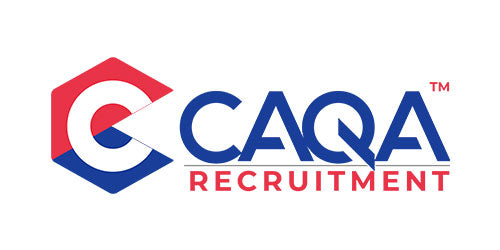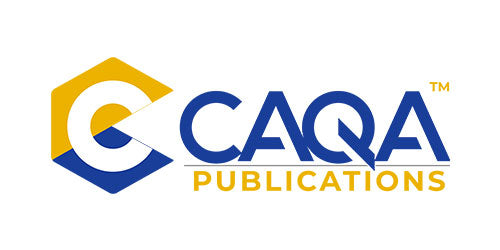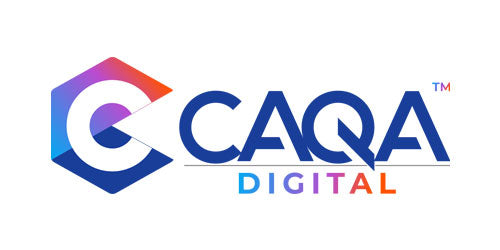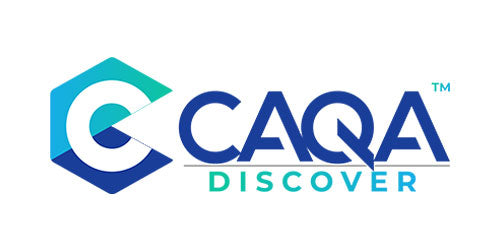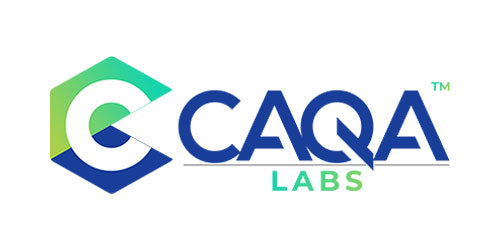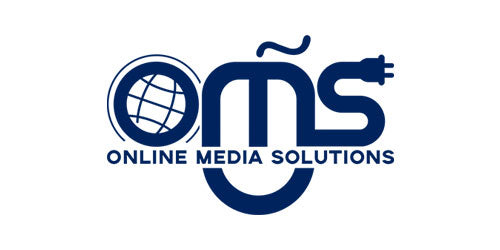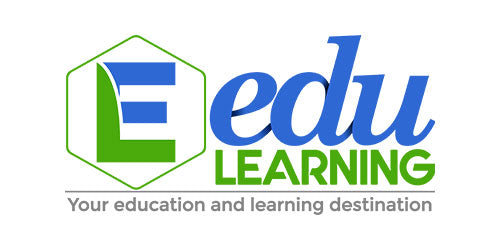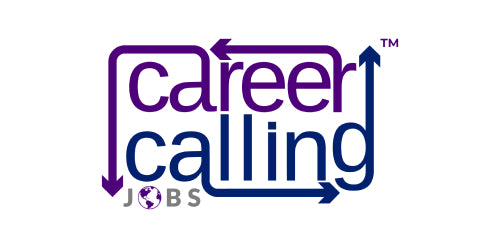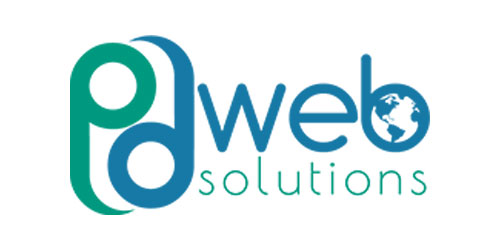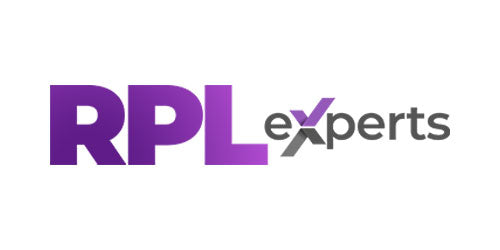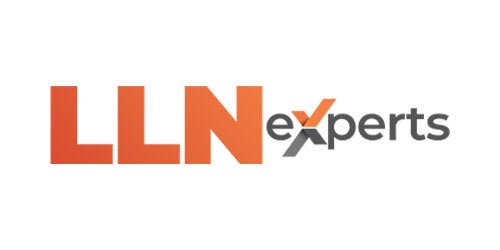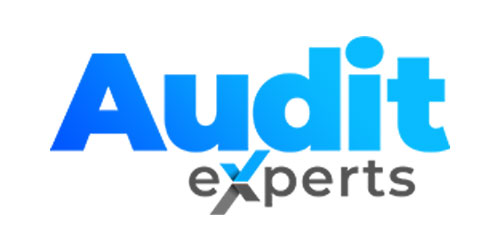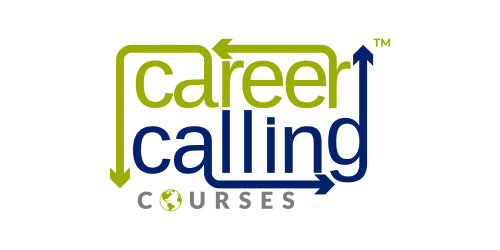Introduction
Artificial intelligence (AI) is revolutionising various sectors, and vocational education and training (VET) is no exception. As RTOs strive to meet the compliance requirements outlined in Clause 1.8 of the Standards for Registered Training Organisations (SRTOs) 2015, AI offers innovative solutions for developing and delivering compliant assessment and learner materials. However, integrating AI also brings inherent risks that need careful management. This article explores how AI can enhance the development of compliant training resources while addressing potential risks.
Understanding Clause 1.8 of SRTOs 2015
Clause 1.8 of the SRTOs 2015 mandates that RTOs implement an assessment system that:
- Complies with the assessment requirements of the relevant training package or VET-accredited course.
- Is conducted in accordance with the Principles of Assessment (fairness, flexibility, validity, and reliability) and the Rules of Evidence (validity, sufficiency, authenticity, and currency).
Leveraging AI in Developing Compliant Training Resources
- AI-Powered Content Creation
Opportunity:
AI tools can generate high-quality, interactive training materials, including quizzes, simulations, and multimedia content, that align with the competencies specified in training packages.
Implementation:
- Automated Content Generation: AI algorithms can create diverse and engaging content that meets the required learning outcomes.
- Adaptive Learning Paths: AI can tailor learning paths to individual student needs, enhancing personalisation and engagement.
Risk Management:
- Quality Assurance: Regularly review AI-generated content for accuracy, relevance, and compliance with training package standards.
- Bias Prevention: Ensure AI algorithms are designed to be unbiased and inclusive, providing equal learning opportunities for all students.
Example: An AI tool could generate a series of interactive simulations for a healthcare course, allowing students to practice procedures in a controlled environment. This ensures practical application and adherence to performance criteria.
- Enhancing Assessment Design
Opportunity:
AI can assist in designing assessments that are fair, valid, and reliable, as required by Clause 1.8. This includes creating varied assessment methods that cater to different learning styles and contexts.
Implementation:
- Assessment Generation: AI can create assessments that cover the broad range of skills and knowledge required by the training package.
- Automated Feedback: AI can provide instant feedback on assessments, helping students understand their performance and areas for improvement.
Risk Management:
- Validity and Reliability Checks: Conduct regular audits of AI-generated assessments to ensure they meet the validity and reliability criteria.
- Transparency: Clearly communicate how AI-generated assessments are designed and ensure they are aligned with the unit of competency.
Example: An AI system could design a series of scenario-based assessments for a business management course, providing students with real-world problems to solve. Instant feedback helps students learn from their mistakes and improve.
- Continuous Compliance Monitoring
Opportunity:
AI can monitor training delivery and assessment processes in real-time, ensuring continuous compliance with SRTOs 2015 standards.
Implementation:
- Real-Time Monitoring: AI systems can track compliance with assessment requirements, flagging any deviations for immediate action.
- Data Analytics: AI can analyse student performance data to identify trends and areas needing improvement, supporting data-driven decision-making.
Risk Management:
- Data Security: Implement robust data security measures to protect student information and maintain compliance with privacy regulations.
- Regular Updates: Ensure AI systems are regularly updated to reflect changes in compliance standards and training package requirements.
Example: An AI monitoring system could track the completion of practical assessments in a construction course, ensuring all safety protocols are followed and documented in real-time.
Challenges and Risks of AI Integration
While AI offers significant benefits, there are challenges and risks associated with its integration:
- Quality and Relevance:
Ensuring AI-generated content is of high quality and relevant to the training objectives is critical. AI systems must be carefully designed and regularly reviewed.
- Data Privacy and Security:
The use of AI involves handling large volumes of student data. Protecting this data from breaches and ensuring compliance with data protection regulations is paramount.
- Bias and Fairness:
AI systems can inadvertently introduce bias. It is essential to design algorithms that are fair and provide equitable learning opportunities.
- Regulatory Compliance:
Ensuring that AI tools themselves comply with SRTOs 2015 standards is crucial. This includes meeting the Principles of Assessment and Rules of Evidence.
- Integration with Existing Systems:
Seamless integration of AI with existing training systems requires careful planning and execution to avoid disruption and ensure effectiveness.
Strategies for Mitigating Risks
- Collaborate with Experts:
Work with AI experts, educators, and compliance specialists to design AI systems that meet educational and regulatory standards.
- Implement Robust Data Security Measures:
Ensure data privacy and security measures are in place to protect student information, including encryption and secure data storage.
- Regularly Review and Update AI Systems:
Continuously monitor and update AI systems to ensure they remain compliant and free from biases.
- Provide Training and Support:
Offer training for educators and administrators on using AI tools effectively, ensuring they are comfortable and capable of leveraging AI's full potential.
- Maintain Transparency:
Ensure transparency in how AI systems are used and how decisions are made. Communicate clearly with students and stakeholders about AI's role in training and assessment.
- Conduct Pilot Tests:
Before full-scale implementation, conduct pilot tests to evaluate AI's effectiveness and compliance. Use feedback to make necessary adjustments.
Conclusion
Integrating AI in developing training resources offers significant opportunities for enhancing compliance, efficiency, and quality in vocational education and training. However, it also brings challenges that need careful management. By leveraging AI while adhering to Clause 1.8 of SRTOs 2015 and implementing robust risk management strategies, RTOs can develop compliant, high-quality training resources that meet the needs of today's learners and regulatory standards. Through collaboration, continuous monitoring, and transparent practices, AI can be a powerful tool in advancing VET compliance and education quality.









